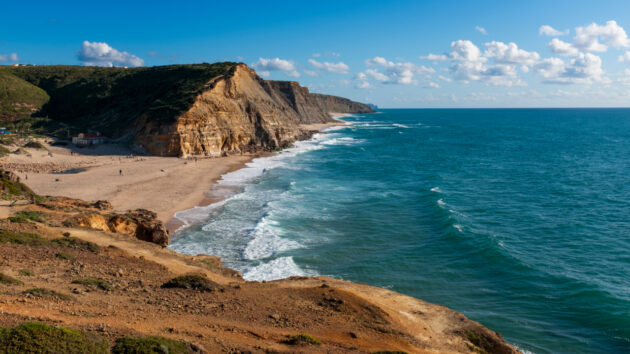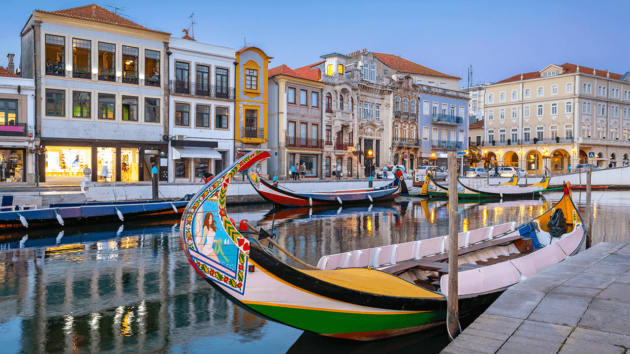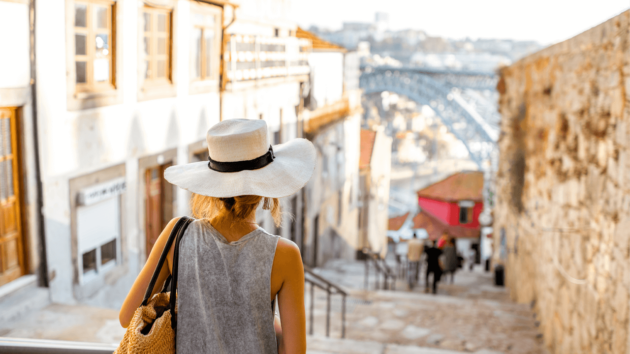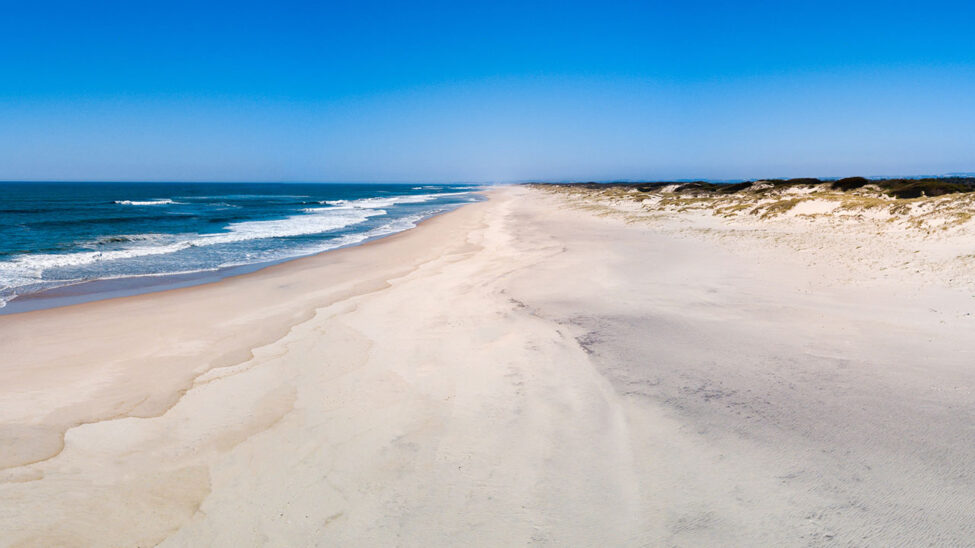
We travelled along the Costa de Prata from north to south and show you what you need to visit.
Costa de Prata: where is it?
The Costa de Prata, or Portugal’s Silver Coast, is a coastline that runs from Aveiro to Torres Vedras, boasting magnificent beaches, although with cold water. It is known for its wide plains and low elevation.
There is a large variety of natural resources but also a wide choice of cultural offers and cuisine, so it will not be difficult to find beaches, castles, nature reserves, and historical villages, many of which are classified as UNESCO heritage sites. The climate is pleasant, with calm winters and temperate summers. There is plenty to see, appreciate, and enjoy in this region which is very close to Lisbon.
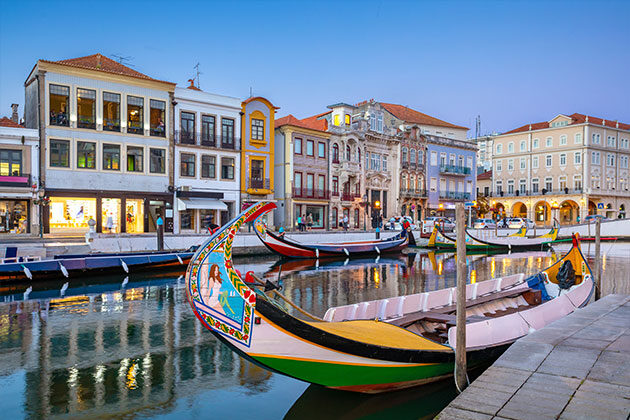
Aveiro
Aveiro is known as “Portuguese Venice” for the canals that cut through the city and the traditional “moliceiros” that navigate them. You won’t want to miss the art nouveau buildings that can be seen from the main canal or walk to the Ria de Aveiro and take a dive at the Barra Beach or visit the São Jacinto Dunes reserve. In terms of architecture pride of place goes to the Aveiro Cathedral, the Misericórdia Church and the Art Nouveau Museum.
The Old Train Station is another interesting site, as is the Aveiro Museum. The local beaches are known for their wide expanses of white sands, as well as their excellent surfing conditions and the traditional houses that used support for the important fishing industry. As for the cuisine, you won’t want to miss the local fish and seafood, or the special ovos-moles and sorbets for dessert.
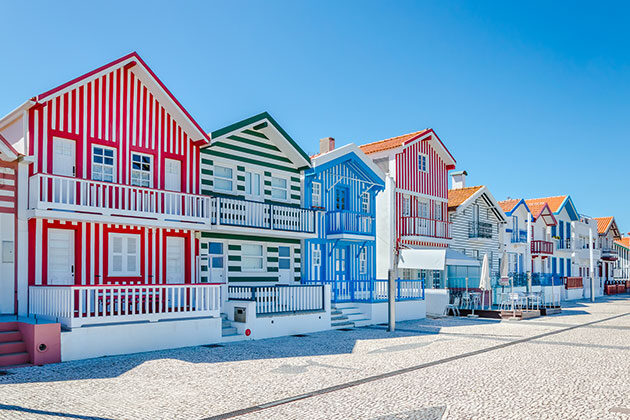
Ílhavo
You really must visit Ílhavo, only six kilometres from Aveiro. The fishing village, which retains a strong connection to cod fishing. Make sure to go to the Maritime Museum and to the Santo André Museum Ship, an old cod-fishing trawler. The main church, the Vista Alegre Museum and the Barra Beach are probably the most important points of interest, as are the available hiking trails, such as the Padeiras route, the one between the River and the Sea and the one between the River and the Forest.
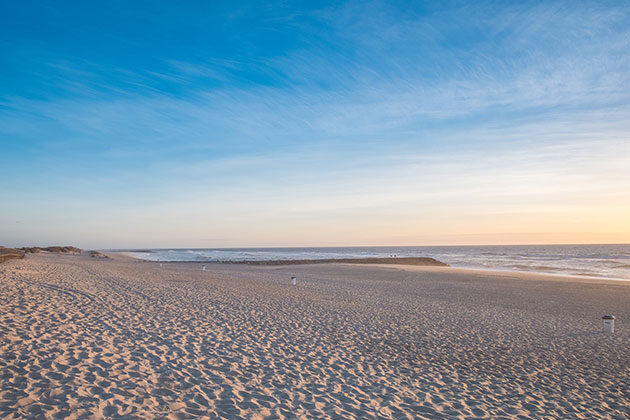
Mira
Synonymous with haylofts and artisanal fishing, Mira boasts one of the best beaches in Portugal (Praia de Mira), which has uniquely flown the blue flag for at least 30 consecutive years, meriting a trip to the Costa de Prata in and of itself.
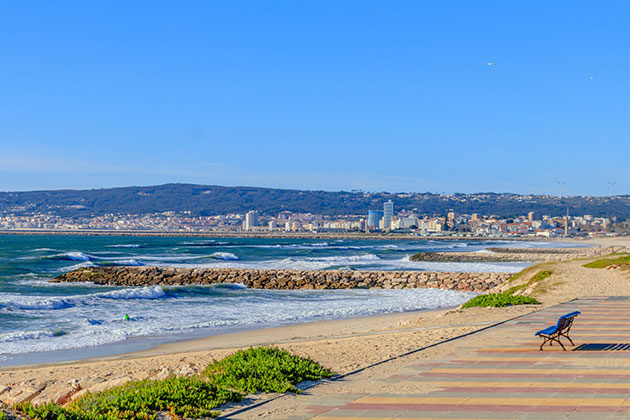
Figueira da Foz
Heading south you’ll find yourself in Figueira da Foz, known as Queen of the Silver Coast, at the mouth of the Mondego River. Besides the marvelous beaches (with pride of place going to the Claridade beach), it is difficult to choose what to visit, but there are some spots that you just can’t ignore, such as the Buarcos Fortress, the Santa Catarina Fort, the Sea Museum Centre, the Carniçosas Dolmen, the Santa Maria de Seiça Monastery, the Pillory, and the City Hall building. A visit to the Mondego Cape, which is a protected area, and to the Lighthouse will make for an unforgettable outing, possibly superseded only by the quality of the fresh food and grilled meats that make up the local cuisine.
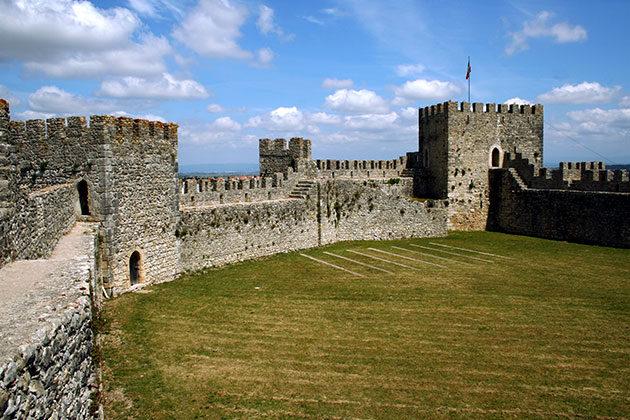
Montemor-o-Velho
Montemor-o-Velho is only a few kilometres away and commands a view over the breathtaking landscapes of the Mondego valley. Its main points of interest are the Fortress, the Santa Maria da Alcáçova Church, the Montemor Castle, which is a national monument, the Nossa Senhora dos Anjos Church, the Alarcões Manor, Pinas Portico, and the Ester de Carvalho Theatre.
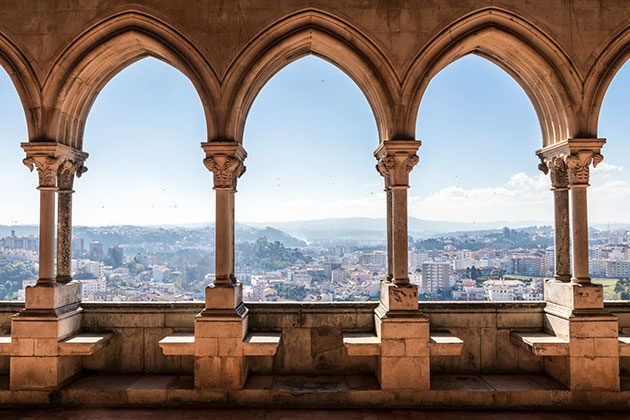
Leiria
Still further south the next major city to visit is Leiria, with its wonderful castle. The national monument is also home to the museum centre and provides a panoramic view over the city. Other sites include the Cathedral, the Church and Convent of Saint Francis, the Saint Augustine Convent, the Casa dos Pintores, and the local D. Julinha Agricultural Museum. The local meats and the sheep and goat cheeses are the strong points in terms of cuisine.
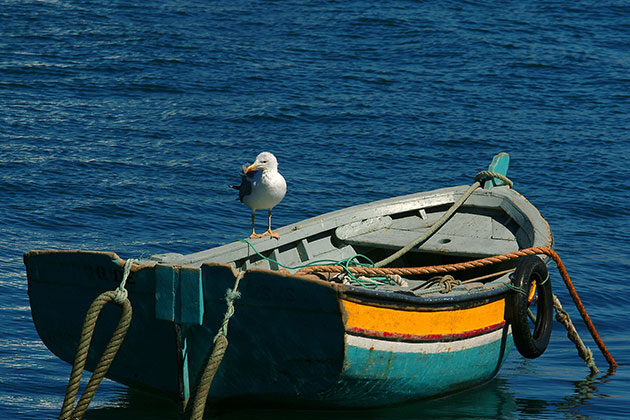
Vieira de Leiria
Famous for its beach, Vieira de Leiria is also known for its Arte Xávega artisanal fishing, which takes place when the weather conditions permit, generally between May and October. The main sites to see are the Passagem and Praia da Vieira Chapels, as well as the main church and the Lis River itself, as well as the traditional houses.
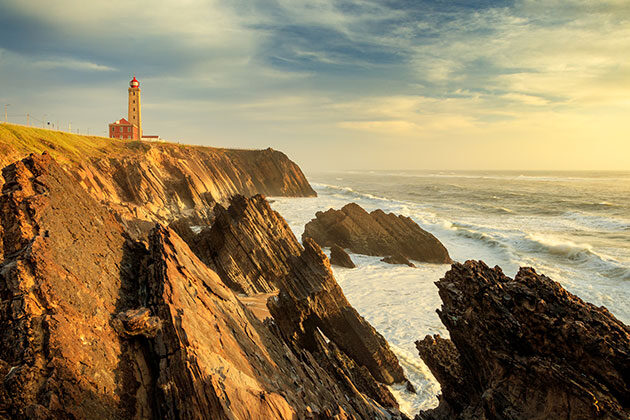
São Pedro de Moel
A little further down the coast you will find São Pedro de Moel, one of the most charming spots along the Costa de Prata and a must for sand and sea lovers, with its cliffs and the Penedo da Saudade Lighthouse. The beauty of the cliffs and the ocean, which tends to be calmer here, can be best enjoyed from the cycling lane that runs along the coast.
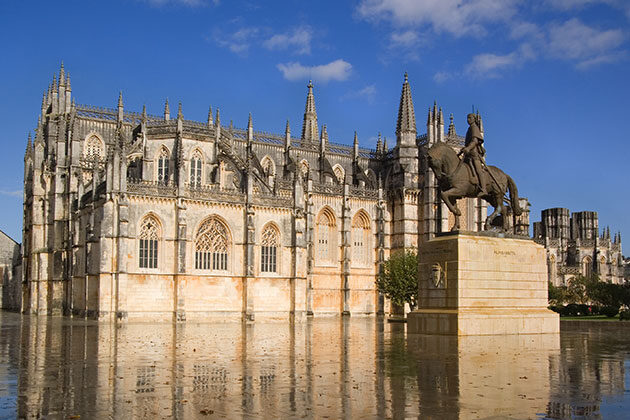
Batalha
You can’t visit Batalha without making a stop to see the Santa Maria da Vitória Monastery, better known as Mosteiro da Batalha, one of the most impressive examples of gothic architecture in the whole of the Iberian Peninsula, commissioned by King John I of Portugal following his victory at the Battle of Aljubarrota, which secured Portugal’s independence from Castille.
Classified as a world heritage site by Unesco, it was home to the Dominican Order for over 600 years and is an important landmark in Portuguese architecture and history. The region is also known for its windmills, the Nossa Senhora dos Remédios parish church and the fault scarp of Reguengo do Fetal.
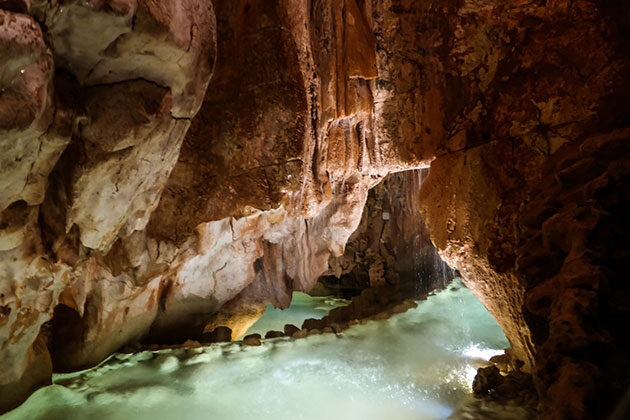
Porto de Mós
Close by, Porto de Mós is a trove of cultural surprises, beginning with the Porto de Mós Castle which stands atop a hill and shaped as a pentagon with reinforced vertices and impressive towers. This national monument is very well preserved and provides fantastic views over the surroundings. However, this is not the only attraction that makes Porto de Mós a place to visit along the Costa de Prata.
The Roman road, the Aljubarrota Battle Interpretation Centre, where you can learn all about this important moment in history, the Mira de Aire Caves (the largest in Portugal) and the São Bento Jurassic Beach represent a large part of the variety you can find here. And don’t leave without trying the traditional Mira d’Aire regional pastries.
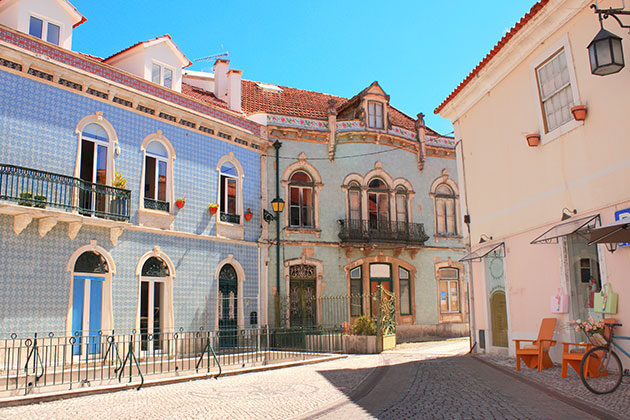
Alcobaça
This location is home to the famous Monastery of Alcobaça, also known as Royal Abbey of Santa Maria, founded in the mid-XII Century by the Cistercians, by order of D. Afonso Henriques following the conquest of Santarém from the Moors, which remains one of the best examples of Gothic architecture in Portugal. The World Heritage Site holds the tombs of King D. Pedro and D. Inês de Castro, which are themselves good examples of Gothic funeral sculpture mastery. The Alcobaça Castle is also worth a visit, as is the Wine Museum and the late XIX and early XX Century palaces.
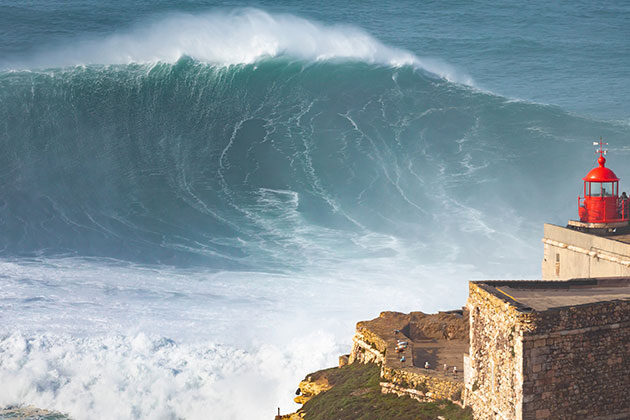
Nazaré
Nazaré sits on the Costa de Prata and is a place of unique beauty that recently became famous for the giant waves that attract professional surfers and other enthusiasts. It has a rich history and both the locals, and the architecture have traditional characteristics.
Originally a fishing village, it was already famous for the nazarenas with their traditional “sete saias” dresses and the small vessels from which they sell fresh fish. In terms of cuisine, your safest bet is seafood, which is a fine as you can get. In the winter try a caldeirada, the traditional fish stew which keeps the fans coming back for more.
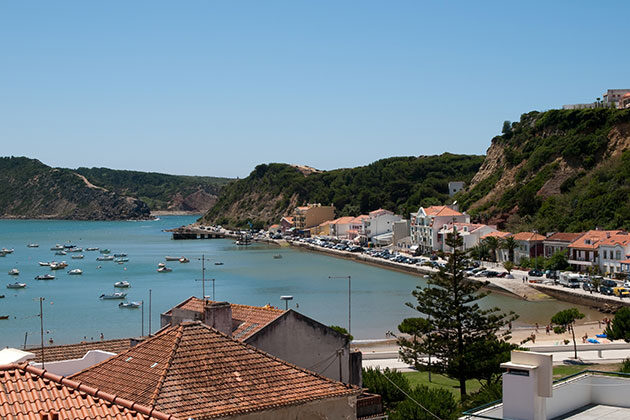
São Martinho do Porto
Located between Nazaré and Óbidos, the town of São Martinho do Porto is home to one of the most beautiful beaches in the country, with a perfectly shell-shaped bay that is unique in Portugal and in Europe. King D. Carlos used to say that he knew nothing as pretty as São Martinho do Porto and the truth is that the location has not yet been overrun by tourists and has kept its original charm. The historic town centre is lovely and you’ll want to visit the main church, the Santo António Chapel, but the greatest expression of this town is represented by the São Martinho Beach, the Salir do Porto ruins and dune, the Belvedere, the Morro de Santo António Lighthouse, and the José Bento da Silva Square Belvedere. Whether for a holiday, or to live, São Martinho do Porto definitely represents an alternative to consider, being both peaceful and full of life.
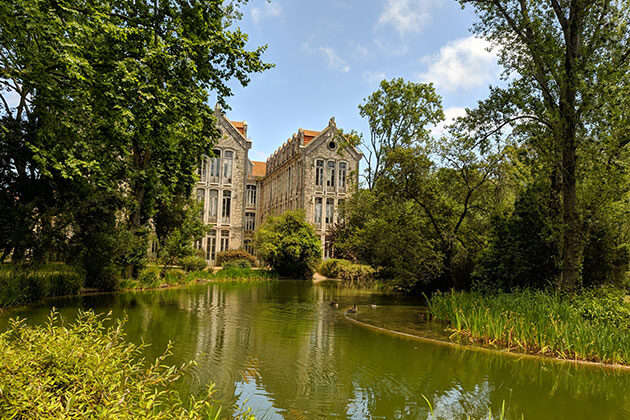
Caldas da Rainha
The local sulfur-rich waters led to the creation of a thermal hospital in the Middle Ages to treat bone and skin problems. Caldas da Rainha is only a few minutes from some of the best beaches in the region and boasts some very important historical buildings. In terms of cultural offer, pride of place goes to the world famous Bordalo Pinheiro ceramics.
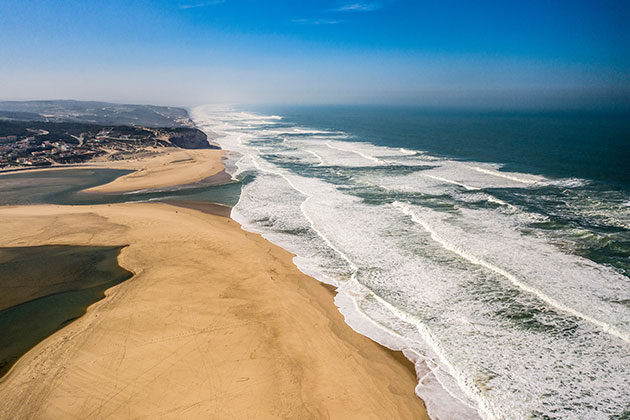
Foz do Arelho
Located on the Óbidos Lagoon, Foz do Arelho is one of the places that makes the Costa de Prata such a fantastic region to visit in Portugal, with its blue waters and the calm and peaceful beaches. This is one of the most beautiful places in Portugal and you really should visit spots like the Penedo Furado, the Foz do Arelho Beach, the Praia do Mar, Fonte dos Namorados, the Palacete do Visconde and, of course, the Óbidos Lagoon itself, which is ideal for windsurfing and kitesurfing, that runs into the Atlantic, where the beach is a much sought-after surfing destination. Regarding cuisine, fish is obviously the best choice, stunningly fresh and guaranteed to delight those who try it.
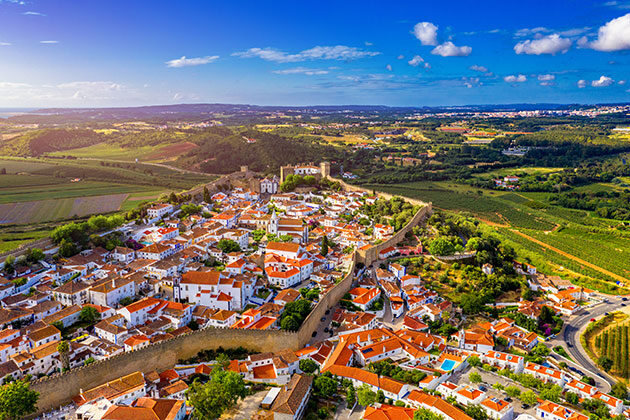
Óbidos
Considered one of the seven wonders of Portugal, Óbidos is one of the most picturesque towns in Portugal and hosts a yearly medieval fair, chocolate fair and Christmas village. Founded in the Middle Ages, it proudly boasts a castle which is a national monument, whose walls circle the town with its narrow flower decorated streets that bear witness to a past which is still present. Make sure to have a shot of ginginha in a chocolate cup, one of the city’s major calling cards. Landmarks include the Casa do Arco da Cadeira, the São Pedro, Santa Maria, and Misericórdia churches, which require time to fully be appreciated, as does the Shrine of Senhor Jesus da Pedra, and the São Martinho Chapel.
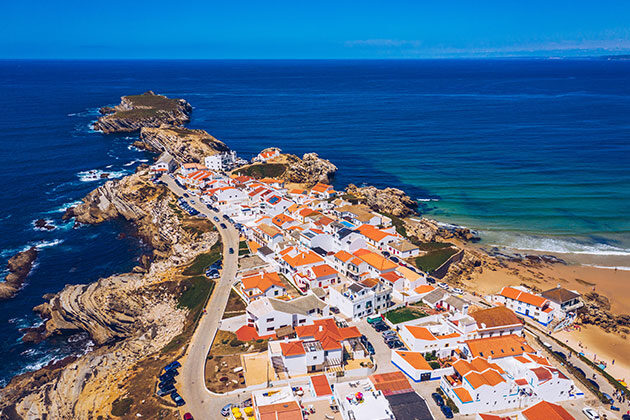
Peniche
Beach, fishing, and plenty of surfing is what you can expect to find in Peniche, home to some of the most famous wave beaches in Portugal, such as Supertubos, attracting surfers from all over the world.
A visit to Cabo Carvoeiro has to be on the books, as does the Baleal, a charming island of narrow streets and typical houses which makes for perfect family holidays. Catch the boat to the Berlenga Island, a nature reserve with crystal clear waters which are ideal for sailing, diving, or simply enjoying the quiet which is a general characteristic of the Costa de Prata.
